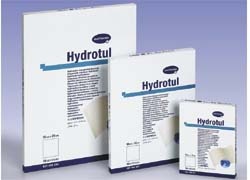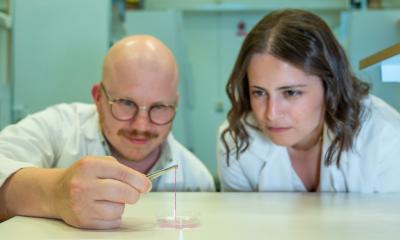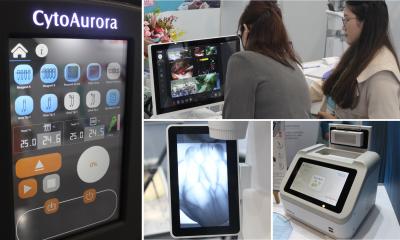The hydro-active wound dressing
The German firm Hartmann reports that Hydrotul, its new hydrocolloid impregnated dressing, combines the benefits of conventional impregnated dressings with those of hydro-active wound dressings.

‘Whilst the ointment keeps the wound margins soft and supple and prevents macerations, the carboxymethyl cellulose (CMC) particles integrated in the ointment mass form a hydroactive gel when in contact with the wound exudate. This creates a moist wound environment to promote wound healing, and prevents the wound dressing from sticking to the wound. The honeycomb-like structure of the carrier material has large pores for unimpaired exudate drainage in severely exuding wounds.’
The firm points out that Hydrotul can be left on the wound for several days to allow a wound to ‘rest’, and adds that an atraumatic dressing change is possible.
Sizes: 5 x 5 cm, 10 x 12 cm and 15 x 20 cm.
31.08.2007





